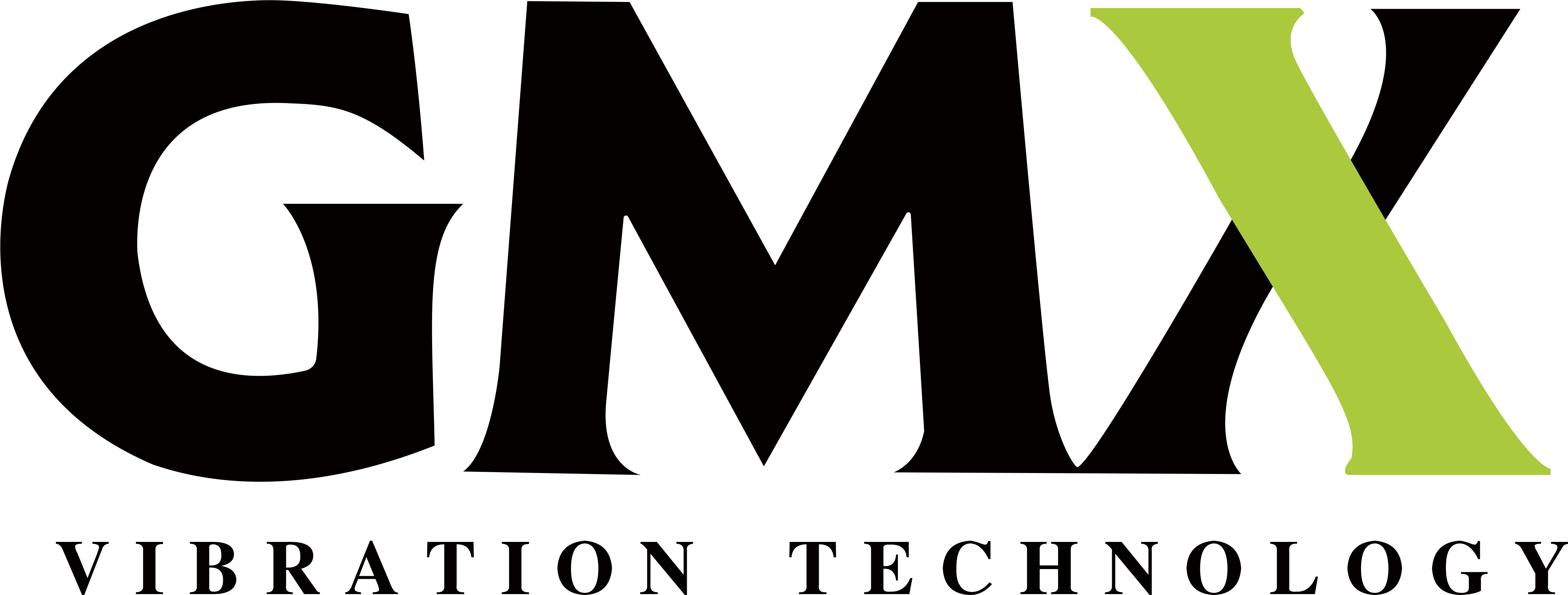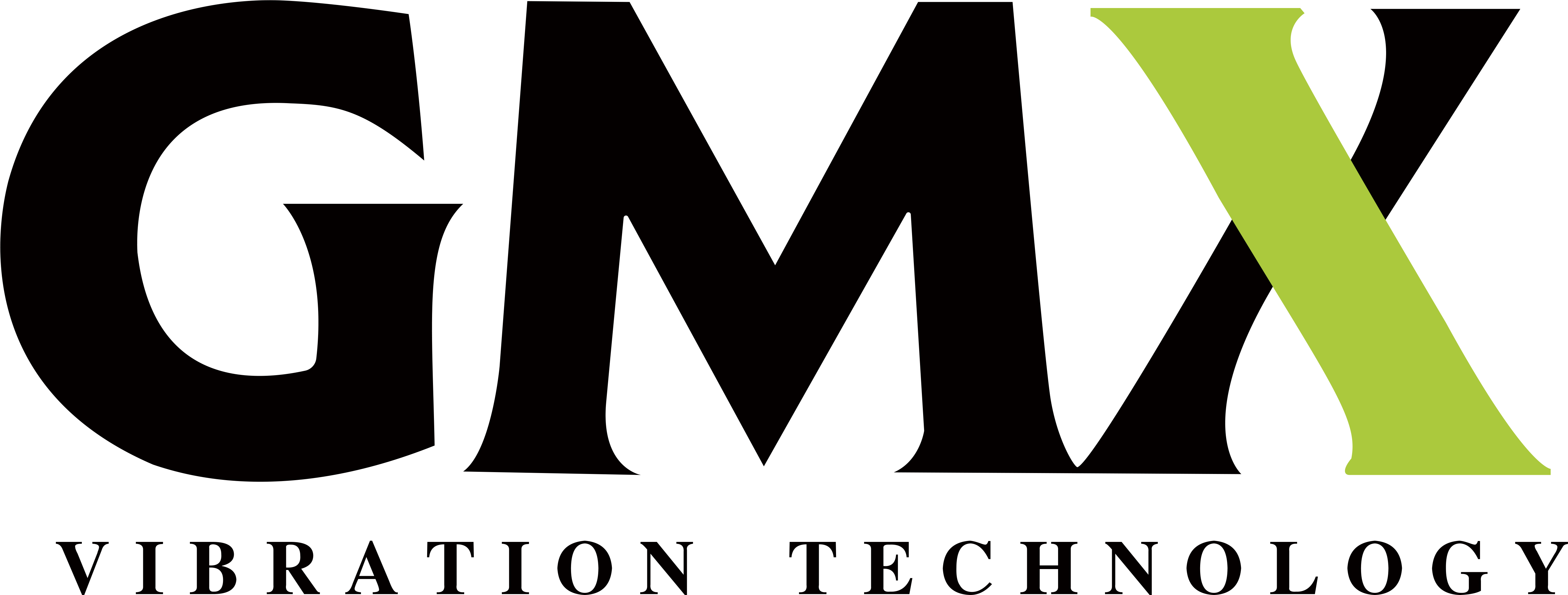Introduction
Industrial vibration motors power vibrating screens, driving efficient material separation in industries like food processing, mining, construction, and pharmaceuticals. These motors generate centrifugal force (2.5–300 kN) to sift, sort, or dewater materials, achieving up to 98% efficiency, as validated by industry tests (e.g., GMX Lab, 2025). With the vibratory motor market projected to reach USD 4.97 billion by 2033 (Market Research Future, 2023), selecting the right motor can cut energy costs by up to 20% and reduce downtime by 30% while meeting standards like GMP and ATEX. This guide explores how vibration motors enhance screen performance, offering practical tips, 2025 innovations, and insights to optimize your operations.
Understanding Vibrating Screen Motors
Vibrating screen motors, also called electric vibrators or vibro motors, generate mechanical vibrations to separate materials by size, from fine powders (20 μm) to coarse aggregates (25 mm). These motors are essential for high-throughput, precise screening in industries requiring compliance with standards like GMP or ATEX.
How They Work
A motor’s rotor, fitted with adjustable eccentric weights, spins at 750–7000 RPM to create centrifugal force. This force drives the screen in linear, circular, or elliptical motion, stratifying materials so smaller particles pass through mesh openings while larger ones are retained. Variable Frequency Drives (VFDs), which adjust motor speed, optimize material flow for specific tasks, such as sifting flour or sorting gravel.
Core Components
-
Eccentric Weights: Adjustable blocks control vibration intensity (0–100%), matching material types like wet clay or dry sand.
-
Housing: Stainless steel (SS316L) for food-grade applications or IP65/IP66-rated for dust and water resistance in mining.
-
Bearings: Heavy-duty, self-lubricating designs ensure a 10,000-hour lifespan under continuous use.
-
Electrical System: Supports single-phase (110V/220V), three-phase (380V), or DC power, compatible with 50/60 Hz.
Types of Vibrating Screen Motors
Different motor types suit specific industries and applications. Understanding their specifications helps select the right motor for optimal efficiency.
Single-Phase AC Motors:
-
Power: 30–100W
-
Speed: 3000–3600 RPM
-
Applications: Food processing (e.g., sifting flour or spices in bakeries).
-
Features: Compact, GMP-compliant with SS316L housing, ideal for small-scale operations (up to 200 kg/h).
-
Advantages: Low-cost, low-maintenance, and hygienic.
Three-Phase AC Motors:
-
Power: 120W–30 kW
-
Speed: 750–3000 RPM
-
Applications: Mining (ore sorting), construction (gravel screening, up to 850 tons/h).
-
Features: High centrifugal force (up to 26,000 kg), IP65/IP66-rated for harsh conditions.
-
Advantages: Durable for abrasive materials and high throughput.
Brushless DC Motors:
-
Power: 10–60W
-
Speed: 3000–7000 RPM
-
Applications: Pharmaceuticals and precision food processing.
-
Features: Energy-efficient (20% less power), low noise (55 dB), GMP-compliant.
-
Advantages: Quiet and eco-friendly, supporting 2025 sustainability goals.
Explosion-Proof Motors (ATEX):
-
Power: 500W–5 kW
-
Speed: 1400–2875 RPM
-
Applications: Mining (coal, lithium) and chemical plants with flammable dust.
-
Features: ATEX-certified, IP65-rated, flexible vibration patterns.
-
Advantages: Safe for hazardous environments.
Pneumatic Vibrators:
-
Power: Air-driven (2–6 bar)
-
Applications: Food and pharmaceutical settings with allergen risks.
-
Features: Spark-free, adjustable via air pressure, GMP-compliant.
-
Advantages: Safe for wet or sticky materials.
Comparison Chart
|
Motor Type |
Power |
RPM |
Applications |
Key Benefits |
|---|---|---|---|---|
|
Single-Phase AC |
30–100W |
3000–3600 |
Food Processing |
Hygienic, low-cost |
|
Three-Phase AC |
120W–30 kW |
750–3000 |
Mining, Construction |
High throughput, durable |
|
Brushless DC |
10–60W |
3000–7000 |
Pharmaceuticals |
20% energy savings, quiet |
|
Explosion-Proof |
500W–5 kW |
1400–2875 |
Mining, Chemicals |
ATEX-compliant, safe |
|
Pneumatic |
Air-driven |
Variable |
Food, Pharma |
Spark-free, low maintenance |
How Vibration Motors Boost Efficiency
Vibration motors enhance vibrating screen performance through optimized material flow, energy efficiency, and reliability, delivering measurable cost savings.
Optimized Material Flow
-
Adjustable Vibration: VFDs and eccentric weights control frequency (970–7000 RPM) and amplitude (1.2–12 mm), tailoring motion to materials. This boosts throughput by 15–20% (e.g., from 600 to 720 tons/h for gravel).
-
Anti-Blinding: High-frequency vibrations (3000–7000 RPM) or ultrasonic systems reduce clogging, increasing yield by 2–5x for fine powders like cement.
Energy Efficiency
-
Advanced Designs: Brushless DC motors cut power use by 20%, saving approximately 500 kWh/month in continuous operations (based on a 1 kW motor at $0.10/kWh).
-
Cooling Systems: Fins or liquid cooling maintain 98% efficiency, preventing performance loss during high-volume screening.
Reduced Downtime
-
Predictive Maintenance: IoT sensors monitor bearing health, detecting wear early and cutting downtime by 30% (e.g., saving $8,000/year for a quarry with 10 motors).
-
Durable Components: Self-lubricating bearings last 10,000 hours, reducing replacement frequency.
Precise Separation
-
Screen Design: Horizontal screens increase open area by 10% compared to inclined screens, improving efficiency. Multi-slope screens enhance fine particle separation by 80%.
-
Motion Types: Linear motion suits coarse materials (e.g., gravel), while circular motion excels for wet materials (e.g., clay).
Case Study: A Canadian quarry upgraded to a 1 kW three-phase motor with VFDs, increasing gravel screening from 600 to 720 tons/h (20% improvement) and saving 15% on energy ($2,500/year). Note: Based on typical industry outcomes.
Industry-Specific Efficiency Gains
Vibration motors deliver tailored solutions for diverse industries, addressing unique challenges and compliance needs.
Food Processing
-
Hygiene: SS316L housing and NSF H1 lubricants reduce contamination risks by 99%, meeting FDA and GMP standards.
-
Throughput: High-frequency motors (3000–3600 RPM) boost flour sifting by 25% (e.g., 180 kg/h for small bakeries).
-
Example: A 30W single-phase motor with clean-in-place (CIP) integration cut cleaning time by 50% in a bakery.
Mining
-
Durability: ATEX-certified motors handle abrasive ores, reducing maintenance costs by 15%.
-
Throughput: High-force motors (26,000 kg) process up to 850 tons/h of lithium ore.
-
Example: A Chilean mine improved ore sorting by 18% with a 2 kW three-phase motor.
Construction
-
Compaction: Vibratory rollers increase soil density by 30% over manual methods, enhancing site stability.
-
Concrete Processing: Vibrating screens reduce air pockets in concrete by 90%, ensuring strength.
-
Example: A U.S. firm saved 20% on labor costs using a 1.5 kW vibrating motor.
Pharmaceuticals
-
Precision: Brushless DC motors screen fine powders (20–100 μm) with 80% higher accuracy, ensuring drug purity.
-
Low Noise: 55 dB operation meets cleanroom standards.
-
Example: A U.S. plant reduced milk powder screening time by 40% (from 2 hours to 72 minutes per batch) using a 30W brushless DC motor. Note: Based on typical industry outcomes.
VI. Optimizing Motor Performance
Fine-tuning motor and screen settings maximizes efficiency and throughput for specific applications.
Vibration Adjustments
-
Frequency: Set VFDs to 970 RPM for resonance screens or 3000–7000 RPM for fine powders.
-
Amplitude: Use 1.2–4 mm for 2-pole motors or 6–12 mm for 6-pole motors, depending on material size.
-
Phase Angles: Adjust to extend material residence time, improving separation by 15% for sticky materials.
Screen Design
-
Horizontal Screens: Increase open area by 10% over inclined screens for better efficiency.
-
Multi-Slope Screens: Improve fine particle separation by 80% for powders like cement.
Balance feed rates with VFD adjustments to achieve 700–850 tons/h for aggregates while ensuring near-complete separation. Heated screens or pre-drying reduce clogging by 50% for wet materials like clay, maintaining consistent flow.
Maintenance for Sustained Efficiency
Regular maintenance ensures motors maintain high efficiency and comply with standards like GMP.
Daily/Weekly Tasks
-
Inspect: Check eccentric weights and bolts for alignment and wear.
-
Lubricate: Use NSF H1 food-grade lubricants to reduce bearing friction.
-
Clean: Apply pH-neutral detergents to SS316L housing to prevent contamination.
Monthly Checks
-
Force Adjustment: Set eccentric weights to 70% max to avoid overheating.
-
Vibration Monitoring: Use IoT sensors to verify frequency (±5% of rated value).
-
Seals: Ensure SS316L seals are intact for GMP compliance.
Annual Overhauls
-
Bearings: Replace every 12–18 months to prevent failures.
-
Seals: Use food-grade SS316L seals for hygiene.
-
Calibration: Adjust RPM (e.g., 3000 RPM for powders) for optimal performance.
Downloadable Resource
Access a Vibrating Screen Motor Maintenance Checklist for GMP-compliant protocols, including daily inspections, weekly lubrication, and annual calibrations.
Why Choose GMX for Vibrating Screen Motors
With 15 years of experience, GMX operates a 15,000 m² facility in Shanghai, exporting to 40+ countries. Certified with ISO 9001:2015 and CE, GMX offers:
-
Innovative Solutions: IoT-enabled motors achieve 98% efficiency, customized for food, mining, and pharmaceuticals.
-
Technology: AI-driven vibration adjustments and VFD integration optimize performance.
-
Support: 24/7 technical assistance, free GMP compliance consultations, and fast parts delivery.
-
Testing Lab: Free material trials reduce selection errors by 40% (GMX Lab, 2025).
Conclusion
Industrial vibration motors enhance vibrating screen efficiency by optimizing material flow, reducing energy use, and minimizing downtime. Innovations like AI-driven predictive maintenance and sustainable designs deliver up to 98% efficiency and 20% cost savings, as validated by industry tests (GMX Lab, 2025). With the vibratory motor market projected to reach USD 4.97 billion by 2033 (Market Research Future, 2023), these motors are critical for food processing, mining, construction, and pharmaceuticals.
FAQ
Q1: How do vibration motors improve screen efficiency?
Adjustable eccentric weights and VFDs optimize material flow, boosting throughput by 15–20%.
Q2: What motors are best for food processing?
Single-phase or brushless DC motors with SS316L housing for GMP compliance.
Q3: How do I prevent screen blinding?
Use high-frequency motors (3000–7000 RPM) or ultrasonic screens to reduce clogging by 50%.
What maintenance is required? Weekly lubrication, monthly force adjustments, and annual bearing replacements.
How do IoT sensors help? They predict failures, reducing downtime by 30%.
Are GMX motors energy-efficient? Yes, brushless DC motors save 20% power.
What’s new for 2025? AI-driven motors and eco-friendly designs enhance efficiency and sustainability.


